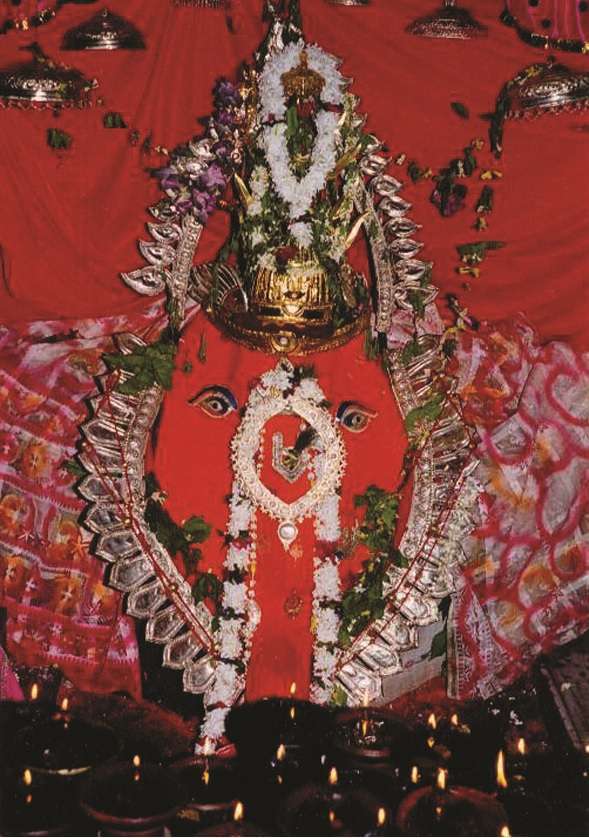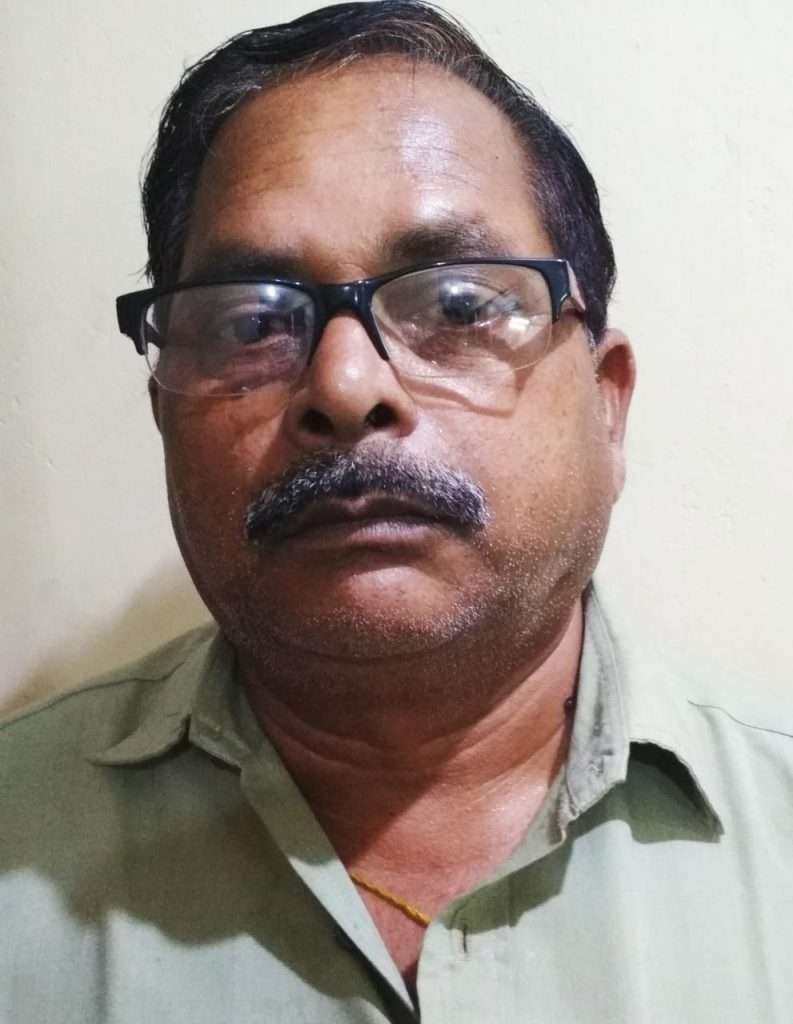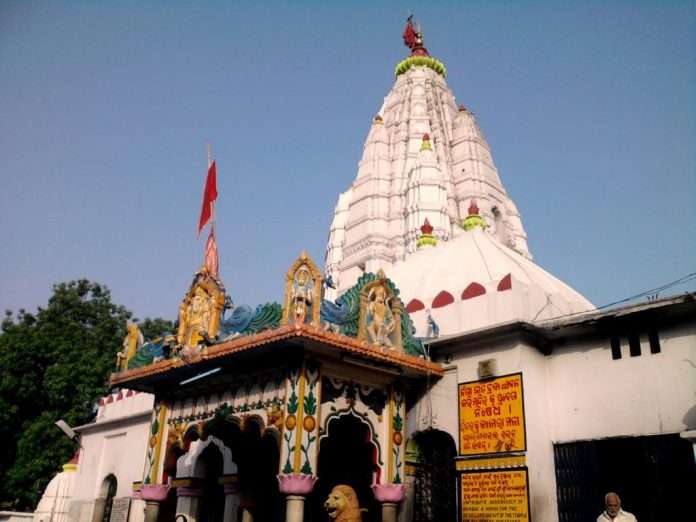The History of Sambapur is very old. The earliest reference is that of Greek Geographer Ptolemy in his book ‘Geography’. He says that “There existed a town called “Sambalaka” on the bank of the river – Manada. He said this in 2nd Century A.D. Manada is now Mahanadi and Sambalaka is present Sambalpur. Even before Ptolemy Sambalaka was in existence.
Sambalpur in its long History has a long spiritual History. If we consult a Dictionary, the word Spiritual means –
- Relating to or affecting the human spirit or soul as opposed to material or physical mundane things.
- Synonyms – Non – material, inner, psychic, psychological, more.
- Relating to religion or religious belief.
- Synonyms – religious, sacred, divine, holy, non-secular, church, churchly, devotional.
So, spiritual relates to non-material and religion. Everybody knows that the origin of religion is lost in the midst of time. Anthropology says – the earliest form of religion is some form of animism. Ancestor worship was common in Primitive Society. Sambalpur was also a place of tribes like, Kol, Khadia, Binjhals, Gond, Sahara etc. They were all primitive tribes observing primitive form of religion i.e. animism.
Sambalpur was full of forests. So it was natural that forest dwellers were believing in Spirits which are present in the tranquility of the forests. They worshipped natural objects like stones, trees, animals etc.
Later on, with the progress of time, religion developed since the time of animism, Sambalpur traversed a long path in religion. Kings adopted their personal religion and it becomes the religion of the subjects. Religion becomes opium of the masses.
Vajrayana Budhism
Indrabhuti, the oldest known king of Sambalpur, founded Vajrayana, while his sister who was married to Yuvaraja Jalendra of Lankapuri, (Suvarnapur) founded Sahajayana. These new Tantric cults of Budhism introduced the mantra, mudra and mandala alongwith six tantric Abhicharas (practices) such as Marana, Stambhana, Sammohana, Vidvesan, uchochalan and vajikarma. The Tantric Budhist sects made efforts to raise the dignity of the lowest of the low of the society to a higher plane. It revived primitive beliefs and practices a simpler and less formal approach to the personal God, a liberal and respectful attitude towards women and denial of caste system.
From the Seventh Century AD onwards many popular religious elements of heterogenous nature, were incorporated into Mahayana Budhism which finally resulted in the origin of Vajrayana, Kalachakrayana, and Sahajayana Tantric Budhism ; Tantric Budhism first developed in uddiyana, a country which was into two kingdoms – Shambhala and Lankapuri. Shambahala has been identified with Sambalpur and Lankapuri with Subarnapur (Sonepur).

Kalki Aavatar and Sambalpur
Kalachakra Tantra was first taught by the Budha to king Indrabhuti, the first Dhararaja of Shambhala. It is widely believed that the next Hindu Aavatar, known as Kalki, will be born at Sambalpur or Shambhala, as this place was kwon in olden times. There are several mention of the place Shambahala, in different Hindu and Budhist religious tests as the birth place of Kalki. The Mahabharata (Vana Parva and Srimad Bhagbatam Bhag. 12, 2. 18 reference of Shambhala as the birth place.
With the coming of Chauhan kings in the sixteenth century, Sambalpur become real Sambalpur. Balaram Dev, the first chauhan king of Sambalpur, started the worship of Goddess Samlai, the presiding Diety of Sambalpur. Since the time of animism Samlai was being worshipped by the aborigines of Sambalpur under a Semel tree. Balaram Dev constructed a temple for Samlei.
The later Chauhans built other several temples like Astasambhu temples at eight different places, Brahmapura Temple, Ananta Sajya Temple, Gopaljee math, Somnath Temple and others.
The origin of Samlei worship and the construction of leaning Temple of Huma need elaborate narration.
Socio-cultural functions
In the Socio cultural functions also the spiritual tradition of Sambalpur is manifest. In Nua Khai and GundiKhai, anester worship is done. Sital Sasthi is a mass function. The people of Sambalpur are simple people. And their simplicity is reflected in their culture.
On the whole, Sambalpur presents a healthy picture of spiritual tradition – the non material side of things in life. We see the metaphysical side in the mind of people of Sambalpur.
This spiritual tradition is alive even in this age of modernity worship is done before opening of the gates of Hirakud Dam. In every aspect of life, their spiritual side is reflected. We many call it other worldly. But this faith in the unseen is the strength of their life. It is the way of their survival. Life may be full of pain and pleasure. But spirituality is like elder brother who helps in time of need. Spirituality is like the contrived testimony of a laughing philosopher. English Anthropologists have said : –
“There are two worlds – one is material another is spiritual”.
(The views expressed are the writer’s own.)

Radhakanta Seth is an Income tax officer in Sambalpur. He is a Freelance writer and his articles have been published in some Oriya dailies like Sambad, Samaj, Dharitri and English dailies like The Telegraph and in a sociological journal ‘Folklore’ published from Kolkata.

